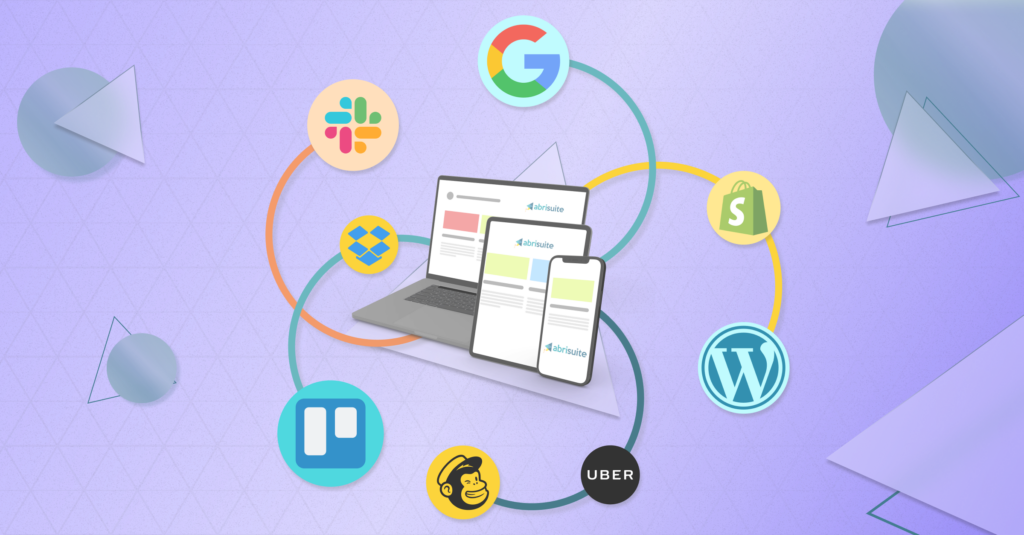If there is one thing that the Covid-19 pandemic proved to us, it is that we have a lot to improve in digitalization, avoiding falling on digital transformation mistakes. Many companies are investing in going online, not only because of remote work but also to create a competitive advantage with digital-only businesses.
However, entering the digital world can be a challenge even if you already have a lot of business management knowledge. That is why we selected the seven mistakes most companies make concerning digital transformation and how you can overcome them.
The biggest digital transformation mistakes
1. Focusing too much on technology
Businesses strongly urge to incorporate the last technological resources to improve productivity. But it is important to remember that digital transformation is more about the change than the “digital”.
Technology is a tool that may be used to solve challenges in the workplace. It isn’t, however, the ultimate goal. The way you employ technology and what you choose to do with it are crucial to your success.
2. Failing to consider the data
One of the most common digital transformation mistakes happens when companies fail to gather data — or worse, gather but don’t analyze it.
Data-driven choices are required for successful digital transformation. Many businesses fail to see that they must first establish a robust data foundation before moving forward with the transformation. On the other hand, many more have a large volume of data that fails to develop their company strategy.
3. Ignoring the plan
Like any major change a company undergoes, starting a digital transformation requires a comprehensive plan. Managers will need to register the current use of software and analogical tools and where at the business process they go.
System integration will be a great part of digitalization, and finding solutions that work with what you already use can help. This, of course, will result in a roadmap to guide all implementations. Failing to stick to this plan will result in digital transformation mistakes.
4. Thinking it is a one-time change
Digital transformation is a never-ending process. It enables businesses to increase productivity and reduce waste, but it doesn’t change their underlying operations, nor does it fixes more complex problems on its own.
It’s critical to understand how digital practices enhance the larger vision after its development and add continuous improvement to a long-term plan.
5. Forgetting about staff training
Digital transformation changes many parts of the business, and an often overlooked one is the staff. Adding the workforce into your digital transformation plan entails revisiting old roles and reframing what our employees must accomplish to be efficient and productive in today’s market.
One of the most common digital transformation mistakes is failing to recognize a skill or knowledge mismatch. This does not mean companies will need to hire new workers in bulk but rather invest in training.
6. Underestimating corporate culture
Although your digital transformation plan should begin with higher-level employees, every department and worker needs to understand their role in the process and how their job contributes to achieving it. This cultural shift will reduce uncertainties and resistance to change. It will boost general morale and, as a result, make the process even more efficient. A good initiative is to collect feedback while developing your digital transformation roadmap. Only by close cooperation across all sectors and departments will a business achieve successful digital transformation.
7. Doing it all on your own
As we stated, there are many factors to digital transformation, including constructing a roadmap. With all these moving pieces, it is easy to forget something and make a mistake. However, many companies refuse to look for professional help to cut costs.
If you want to have a continuous, consistent change and avoid digital transformation mistakes, the best thing is to look for a company like Abrisuite that can aid you from your first assessment to regular training sessions.
It all comes down to your goals
Digital transformation is a journey rather than a destination. However, many businesses need to set goals on “stop” implementations, mainly because of budget constraints.
Having a clear vision and establishing your company goals can help develop a roadmap focused on results while leaving more advanced (and expensive) technological implementations to the future.
Knowing what you want for your company’s future is the first step in digital transformation.




